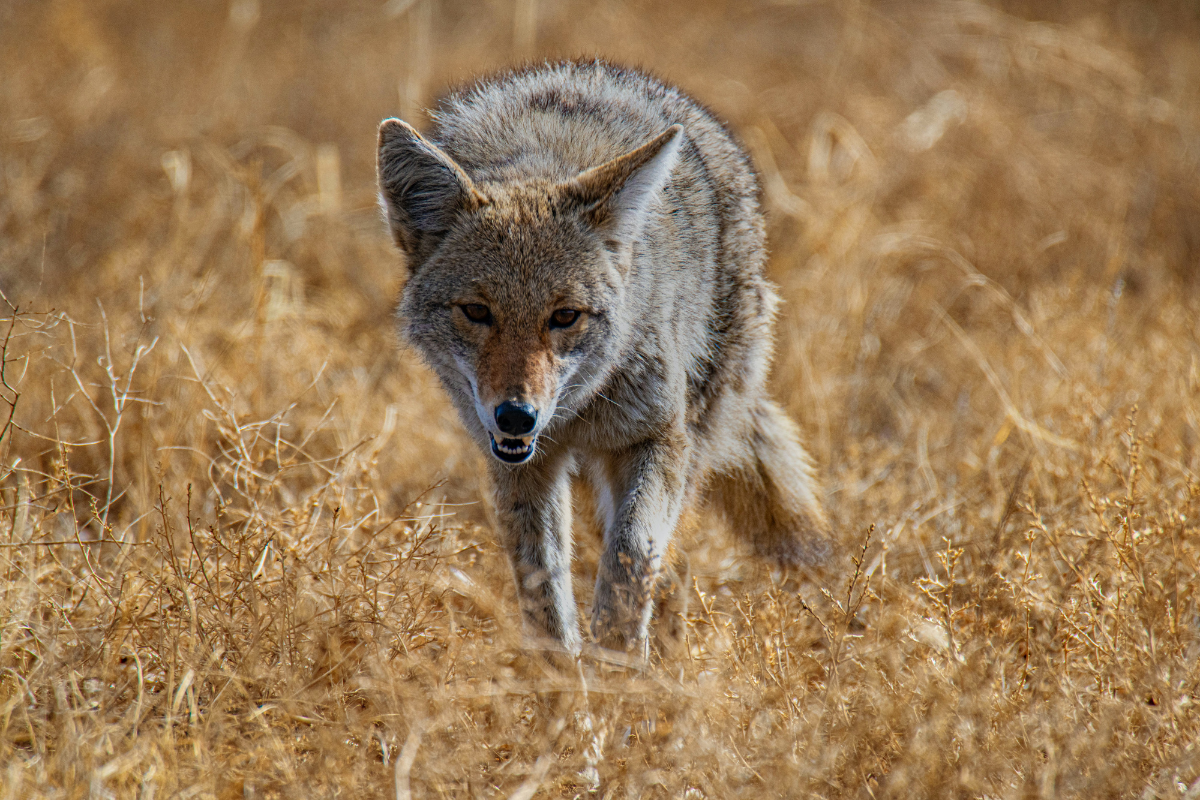

Unlike mountain lions or bears, coyotes are animals that divide the internet. Many organizations and wildlife enthusiasts support the animal, while others see them as less likable and almost like a pest. Regardless of where you stand, these images of a coyote may change your mind.
Videos by Outdoors with Bear Grylls
Wildlife photographer Paddy Hackett recently captured this video of a coyote approaching his truck:
Hackett believes the animal was “food conditioned.” This issue happens when people feed a wild animal and they become overly comfortable around humans. Hackett may be right in his assumption, as the coyote immediately approaches his vehicle.
Hackett then captures amazing video and images of the coyote waiting outside the vehicle.
In his post, Hackett discusses at length the opposition coyotes face. Earlier regulations intended to wipe out coyotes much like people did to wolves, but the species remains persistent.
“I wish there was a way for people to see them in a better light, as just a wild dog trying to survive,” says Hackett in his post.”
Despite attempts to eradicate the species, coyotes are now found in every state in the U.S. except for Hawaii. The animal has also made itself at home in urban areas like Los Angeles, Phoenix, and even New York City.
Project Coyote, an organization that fights for wildlife like coyotes and other predators, says, “As coyotes expand their range into areas where wolves once lived, and urban sprawl encroaches into wildlife habitat, human-coyote encounters are increasing. When people intentionally or unintentionally feed wild animals or encourage a lack of fear of humans, conflicts can occur.”
The organization and wildlife officials stand against food conditioning, believing people should never feed wild animals. Unfortunately, in many cases, wildlife officials euthanize animals that become overly comfortable.
One of the best ways to do this is by hazing an animal that is too close. Project Coyote recommends these steps:
- Stand your ground. Make eye contact. Advance toward the coyote with your hazing tools if there is hesitation on the part of the coyote. Haze until the coyote retreats. Allow room for the coyote(s) to escape.
- Make sure the coyote is focused on you as the source of danger or discomfort. Do not haze from buildings or your car where the coyote can’t see you clearly.
- If you see more than one coyote, continue your hazing efforts; multiple animals will most likely respond to the same hazing techniques at the same time.
- Make it multisensory. Use tools that scare with sound, light & motion. Variety is essential. Coyotes can learn to recognize and avoid individual people, so the more often a coyote has a negative experience with various hazing tools and different people, the faster he will change his behavior to avoid human contact.
- Hazing should be exaggerated, assertive, and consistent. Communities should always maintain some level of hazing using a variety of tools so that coyotes do not return to unacceptable behavior over time.
- Coyotes have routine habits. Make note on when and where you encounter them. Ask neighbors in those areas to help you scare the coyote, or avoid those areas.
- Think prevention first! Coyote pups begin coming out of dens in the early summer and parents are very protective. Keep pets close and don’t let them roam.


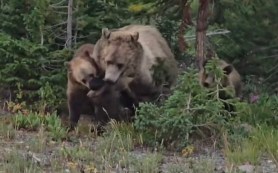
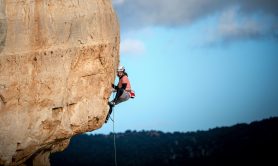
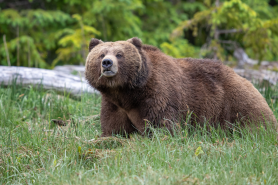
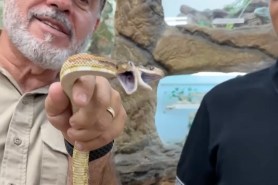
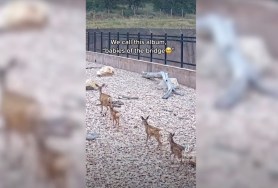
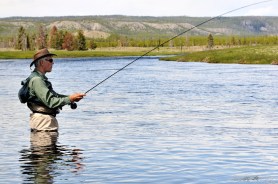
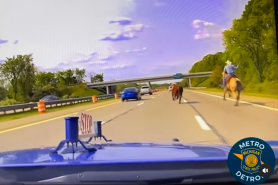
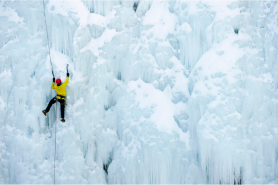
Looks like possibly a coydog—plenty of them where I used to live